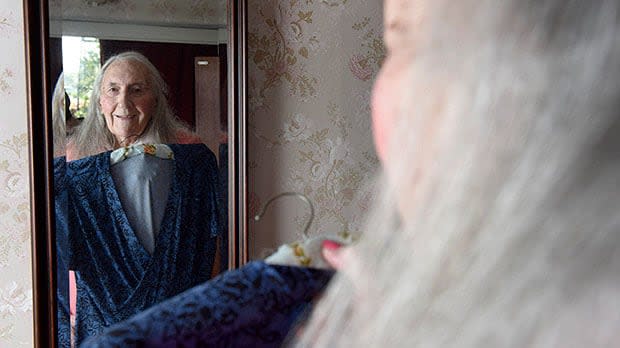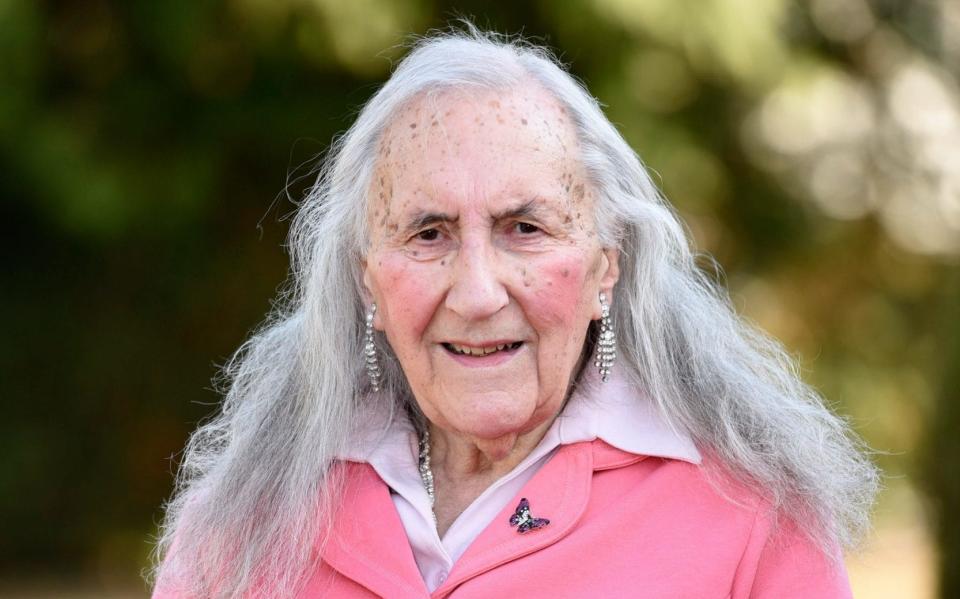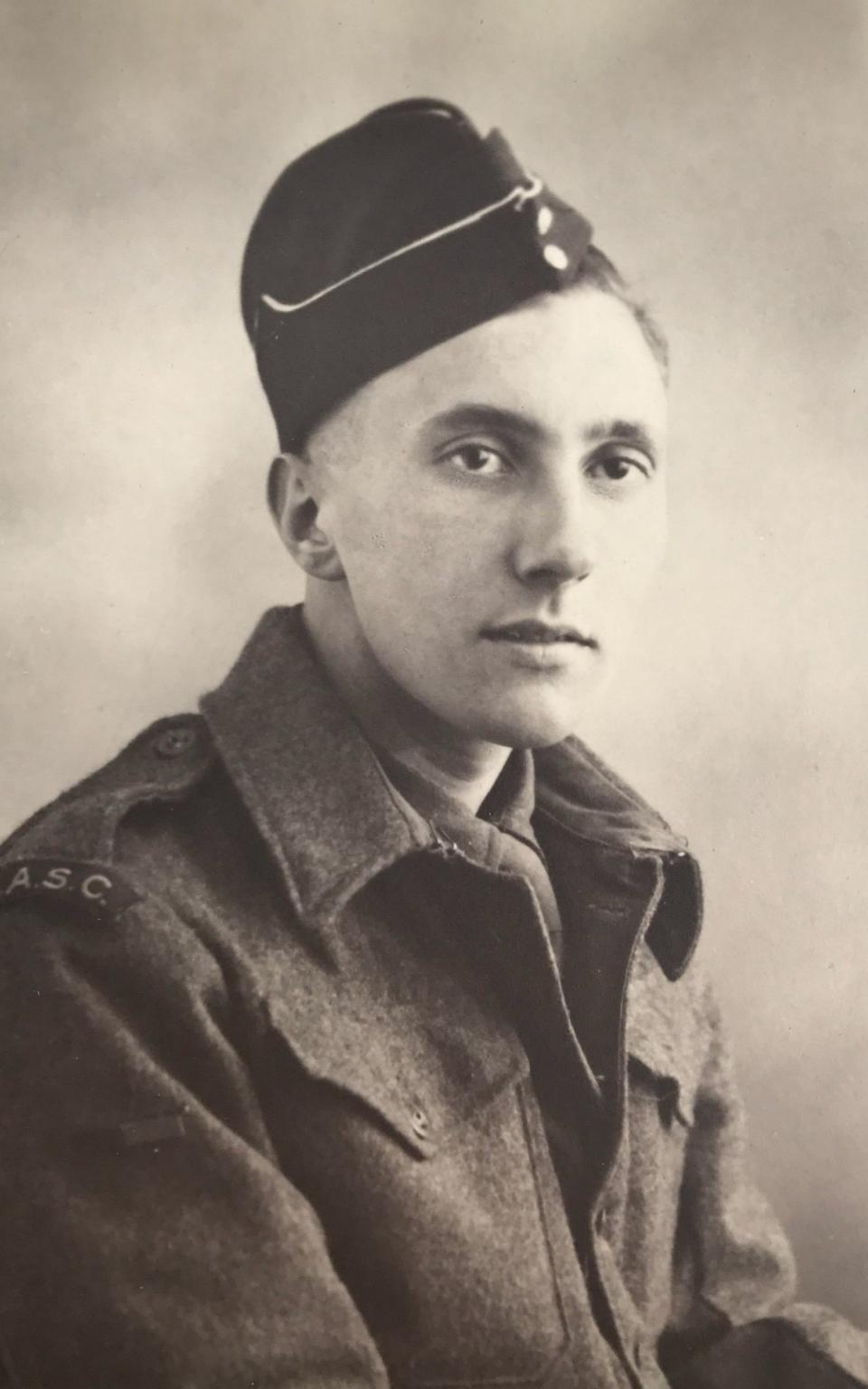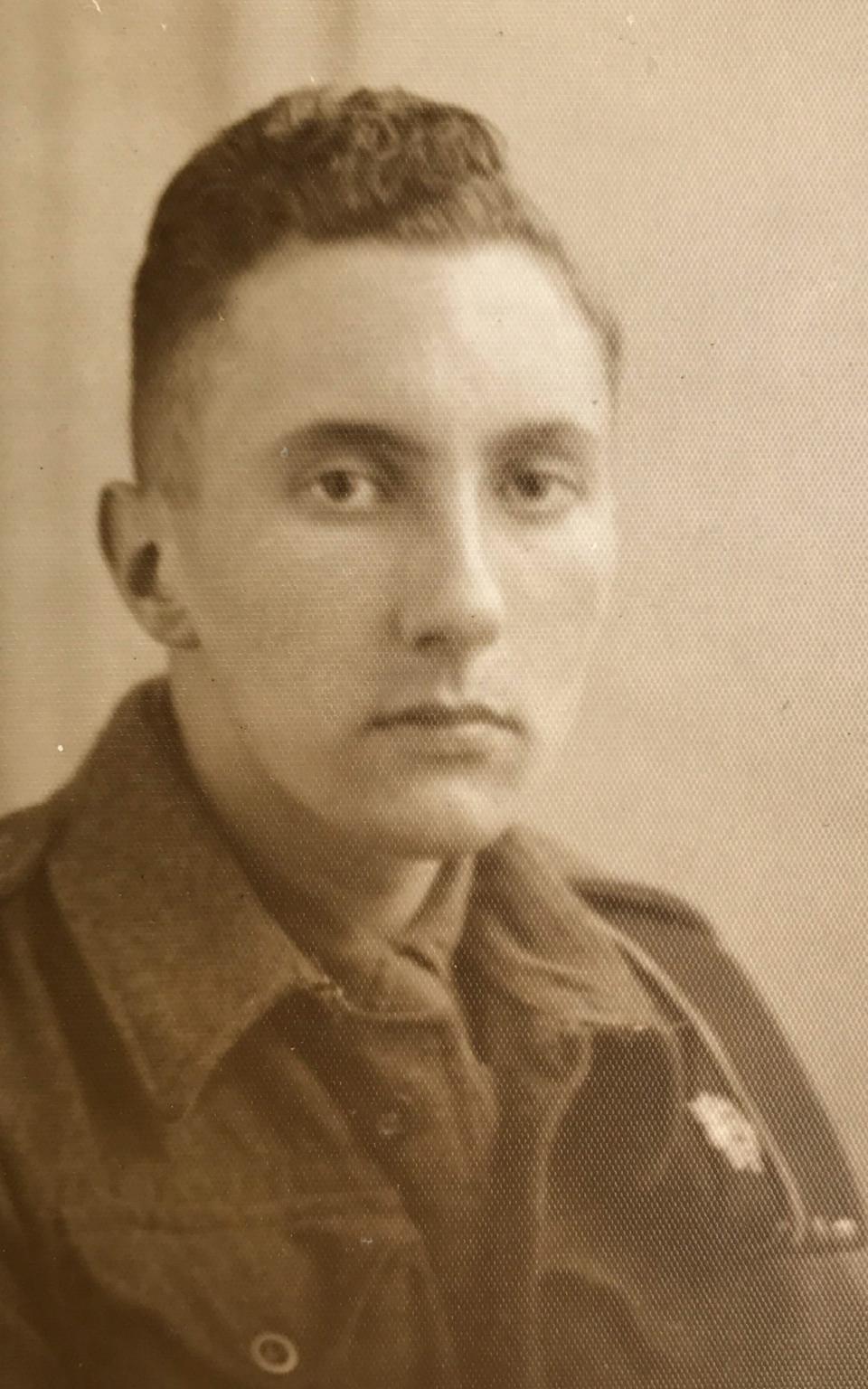At the age of 90 and after death of beloved wife WWII veteran becomes a woman

Peter Davies lived what many would regard as an enviable and admirable life; serving with the British Army in the world’s trouble spots, followed by a fulfilling career and a long and happy marriage.
But since the age of three Peter harboured a deep secret, one he felt unable to share with anyone. He had long considered himself a woman.
Now, at the age of 90 and after the death of his beloved wife, he has taken the brave step of coming out as transgender and has begun female hormone treatment.
Peter has become Patricia.

The World War Two veteran says she has never felt more at ease with herself, since she began not only dressing and acting like a woman, but also starting hormone replacement therapy.
Indeed, she now feels so comfortable with her female identity she has done what just a few years ago would have seemed unthinkable - Patricia has told her neighbours she is no longer a man.
"It feels like a weight has been lifted off my shoulders. I was living a lie,” said Patricia, who lives in a village in Leicestershire.
"I have been keeping quiet. I have slowly started to tell some of my neighbours. Everybody said 'don't worry, as long as you're happy'.”
It wasn’t always like this, however.
Patricia says she long suppressed her desire to live as a woman knowing the repercussions it would bring at the hands not only of those around her, but the authorities - who would have at the time regarded such a condition as a deviant aberration.
"The atmosphere [around being transgender] was not safe. People did not understand what transgender was,” she said.
"Really even the medical profession didn't understand it as the treatment was to give you the 'electric shock treatment'.
"They thought they could make you better. They didn't realise it was something that you could not cure.
"Because of the general hostility of people I kept quiet. It wasn't until recently that I felt safe to come out and I felt an overwhelming desire that I wanted to break free. So I came out and I've not regretted it."
Patricia says she felt from the age of three that she was not a boy and even then tried to live as a girl, thanks in part to an understanding mother.
“I knew a girl called Patricia and I decided I wanted to be known by that name but it didn't stick,” she said. “From about the age of four I didn't want to play with boys' toys. I didn't want toy soldiers. I wanted an ironing board.
"My mother seemed to go along with it. We went to see Peter Pan and I wanted to be a fairy. She made me a wand. She didn't say it was strange.
"I have always been attracted to women but not in a sexual way. I'm not gay. My attraction to women was that I wanted to be like them. I would have liked to be like the pin-ups.”

At the age of 18, in April 1945, Peter enlisted with the Royal Army Service Corps, during the last months of the Second World War. In fact he jokes that Hitler threw in the towel when he heard he would be up against this Leicestershire lad.
But he was soon shipped to the Far East, in the run up to the surrender of Japan, and went on to serve in India, East Africa and Palestine, where British troops were targeted by Zionist insurgents fighting to establish the state of Israel.
“You took your life in your hands in the army,” said Patricia. “I lost a couple of mates and had a close shave myself. But it was alright overall and I feel quite proud having served during the war and having done military service, in particular during the trouble in Palestine.
The Army was not an easy place to be, especially for someone like Peter.
"I had to keep my mouth shut about being transgender, you couldn't flaunt that as that would have been a disaster,” she said. "Transgender wasn't really known in those days. I would have been classed as homosexual, which would have caused problems in the army. I would have ended up in prison. But I got through it.”
Peter got married at the age of 21, a few months after leaving the Army, and went on to work as an industrial photographer.
The marriage was a happy one, lasting 63 years until the death of Patricia’s wife six years ago.
Remarkably, perhaps, Peter - as she was still called - had managed to sum up the courage to open up about her feelings and true identity to her wife as early as 1987. Indeed his wife even bought jewellery and dresses for her to wear in secret.
But Peter kept his identity secret for fear of the reaction of those around him, only changing his name recently and getting his doctor to change her medical records to ‘female’ last year.
"I was 60 when it all came pouring out to my wife, she was very sympathetic and helped me all the way but we agreed to keep it quiet. She used to buy me jewellery and she would call me Patricia. I kept it a complete secret.
“When I first came out to my wife I started to wear female shoes, some teenagers spotted it and started hurling abuse,” said Patricia.
"They used to often throw eggs at my windows too. They did it so much I had to get the police involved. But they have grown up and gone now thankfully. I also started to wear female tops. People thought I was weird and bonkers but I don't care.”

It was the 2015 BBC Two sitcom, Boy Meets Girl, which portrayed the lives of transgender characters, that encouraged Patricia to make the change.
She said: "It's not 100 per cent safe now but it's much better than it was. People that I have told seem to be very accommodating and haven't thrown abuse at me.
"There was a TV show in the 1970s about a man that wanted to dress as a woman and at that point I had never even heard the word 'transgender'. I looked it up and there it was and I knew I was transgender.
"I feel quite relieved, quite happy. [The best thing about coming out] is being accept as a woman. That has been something I've wanted all of my life."
Since coming out last year, Patricia has become a member of The Beaumont Society, a support group for the transgender community, and has also joined the Women's Institute.
“I socialise with them and have a natter,” she said. "I've been made most welcome in the societies. I think people will benefit from being educated on this a bit more.
"I'm known to pretty much all the old faces in the village. I'm quite content now and I wear a skirt and blouse. I don't wear any men's clothes any more.
"If people don't like what they see then I don't care but no one seems to be causing me any trouble. Nobody questions it though. Nobody seems to bat an eyelid, they accept me as I am.”
Despite having to suppress her identity for fear of retribution Patricia appears remarkably free of bitterness.
"I was never totally unhappy. I always made the most of things and looked on the bright side of things,” she says. “I've always had a wicked sense of humour. I'm having a great time. I have a new lease on life.”

 Yahoo News
Yahoo News 
